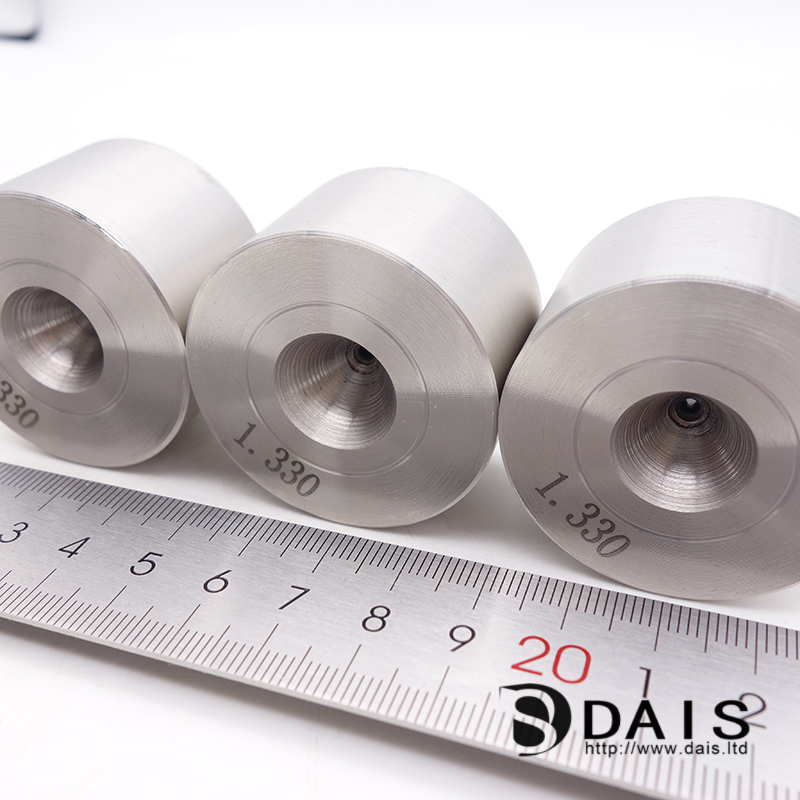Search

ADD:Building 123, Phase 3, Enterprise Base, No. 1 Lianhua Street, High-tech Industrial Development Zone, Zhengzhou, Henan, China
MOB.: +86-15517518512
MOB.: +86-15515520695
E-MAIL: admin@dais.ltd

According to statistics, the consumption of molds in my country's machinery processing industry alone is as high as five times the total price of machine tools each year. It can be seen that the large consumption of molds not only directly increases the production cost, but also causes frequent shutdowns of a large number of production lines due to frequent mold changes, resulting in greater economic losses. Mold repair technology undoubtedly strengthens the life of the wire drawing die, and has good economic benefits. It can be used to strengthen and repair the surface of various metal material molds and workpieces such as various iron-based alloys and greatly increase the service life.
What we need to pay attention to here is: Although the machine will sound an alarm when the operation is wrong, it may occasionally burn pits on the surface of the mold! Therefore, it is necessary to clarify the specific steps of drawing mold repair:
1. Cleaning: Simple cleaning to remove oil and impurities at the place that needs to be repaired, otherwise there will be poor power supply and sparks during the repair process.
2. Rolling rate: The rotation speed of the welding gun should be closely arranged with the pulse output current to form fusion points on the patch. The rotation speed should not be too fast, otherwise there will be a small amount of patch stripping and small pores after the repair and polishing.
3. Contact point of welding torch and mold: the smaller the contact area between the welding torch and the repair material, the better the pressing, the greater the current density (the more concentrated the current) passes, the greater the heat of the welding point, and the greater the degree of combination of the repair material it is good. The power data shown in the repair material shell is the power requirement when the φ5mm standard welding gun electrode rod is in contact with the plane repair material. The larger the contact area of the welding head with the same power, the current is dispersed, and the repair effect is not ideal. On the contrary, if the contact area is too small, repair During the process, it is easy to cause melting and splashing of the repair material and uneven surface.
4. Posture and pressure: When repairing, the welding torch should be at 45 degrees to the mold surface, and a certain pressure should be applied to the welding torch. The pressure depends on the roughness of the defect surface, and the surface is not smooth and has more impurities.
5. Complex cavity: Use precision power when repairing fine, multi-angular, and complex surfaces. It is better to repair thin materials for multiple times. The normal state is suitable for large defects.